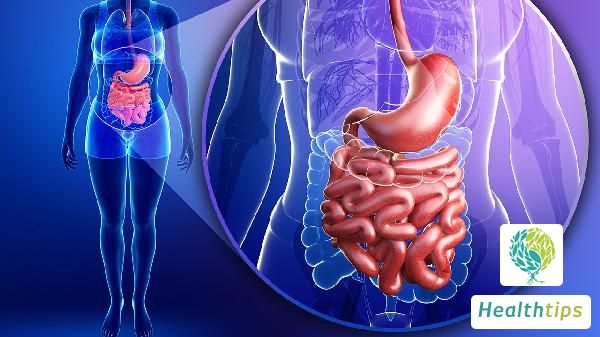Why Do I Feel Soreness on the Inner Side of My Arm?
Soreness on the inside of the arm is often attributed to physiological factors such as excessive exercise and local hypothermia, but it may also be caused by pathological factors such as trauma, myofascial pain syndrome, and cervical spondylosis. It is recommended to adopt appropriate treatment methods after diagnosis.

1. Excessive Exercise: Long-term intense activities and improper rest often lead to anaerobic exercise of muscles. Patients usually experience lactic acid accumulation accompanied by soreness and weakness in the arms. This is a normal situation and usually resolves after rest, without the need for special treatment.
2. Local Hypothermia: Low environmental temperature and inadequate warmth measures may lead to local circulatory disorders, clinically manifesting as soreness in the arms. Relief can be achieved through local heat application, and attention should be paid to keeping warm.
1. Trauma: External force impact may cause soft tissue injury and tearing in the arm, resulting in symptoms such as swelling and pain. It is recommended to alleviate these symptoms through cold and hot compresses under the guidance of a doctor. Rest and avoidance of intense activities are also essential for recovery.
2. Myofascial Pain Syndrome: Long-term high-intensity stretching and damp, cold environments may lead to sterile inflammation of muscles and fascia. Symptoms include stiffness and soreness in the inner arm muscles. Relief can be achieved through heat application, microwave therapy, and other modalities under the guidance of a doctor. Reasonable exercise is also beneficial for relieving pain symptoms.
3. Cervical Spondylosis: Long-term maintenance of poor posture and acute injuries can lead to abnormal cervical structure, compressing and stimulating adjacent spinal cord, nerves, and blood vessels. Patients may experience symptoms such as radiating pain and sensory disturbances in the upper limbs. It is recommended to take medications such as ibuprofen, orphenadrine hydrochloride, and diclofenac sodium under the guidance of a doctor to alleviate symptoms. It is also important to maintain correct reading and writing posture, engage in outdoor exercise, and develop healthy habits.
Apart from the above reasons, autoimmune disorders, inflammatory infections, and other factors may also trigger rheumatic arthritis accompanied by the above symptoms. Patients may need to take medications such as prednisone acetate, paracetamol, and diclofenac sodium under the guidance of a doctor. Additionally, it is recommended to engage in appropriate exercise and avoid hypothermia in daily life.



















